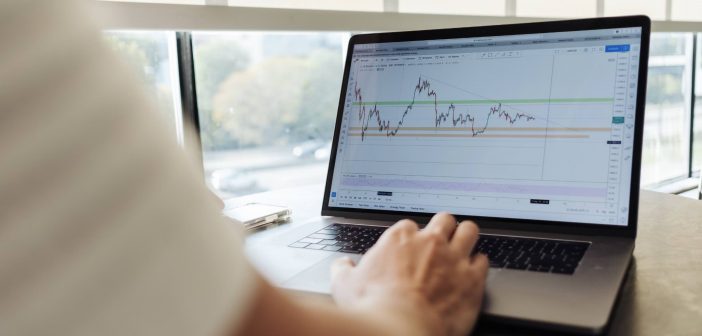Traders continuously search for opportunities to make money in the constantly changing world of the financial markets. Contract for difference trading is one such option that has significantly increased in popularity over the past several years.
Without holding the underlying asset, CFD trading allows traders to predict the price changes of various financial instruments, including equities, commodities, and currencies. However, it is important to understand some fundamental ideas, such as the connection between CFD trading and securities lending, before delving into this complex area.’
While CFD trading has the potential to provide big gains, there is also a significant risk involved. You need to understand three essential things before you start trading CFDs.
Learn the foundations of CFD trading
It’s imperative to have a firm grasp of the fundamentals before beginning CFD trading. CFDs are derivative contracts that let you speculatively bet on changes in the value of assets. Contrary to traditional trading, where you acquire asset ownership through purchase, CFD trading is based on the spread between the contract’s entry and exit prices.
Let us take a brief trip to understand how CFD trading works.
● Leverage
Using leverage is one of the most important benefits of CFD trading. Using leverage, traders can manage a larger position with a relatively small quantity of cash.
● Positions in the long and short-term
CFDs allow traders to benefit from rising (long) and declining (short) markets. You can take a long or short position depending on whether you believe the rate of an asset will increase or decrease.
● No ownership
When trading CFDs, you do not acquire ownership of the underlying asset. Instead, you profit from the price differential between the entry and exit points. It implies that you can benefit from rising and falling markets without owning the asset.
● Understanding the relationship between securities lending and CFD trading
Securities lending is an essential component of the financial markets that interact with CFD trading. When a security owner lends his asset to a third party in exchange for a fee, this is known as securities lending. This procedure allows institutions and hedge funds, among other market participants, to access assets they do not own.
Select a reliable CFD broker
Choosing the best CFD broker is a crucial first step in your trading adventure. Your trading experience, which includes the number of markets you access, trading platforms, costs, and customer service, can be dramatically impacted by the broker you choose. When choosing a CFD broker, take into account the following factors:
● Regulation
Verify that the CFD broker you select is subject to the supervision of a financial regulator.
● Trading platform
You need a trustworthy and user-friendly trading platform for a successful CFD trading.
● Selection of assets
Various CFD brokers provide a range of markets and assets for trading. If you’re interested, make sure the broker provides the assets you want to trade, such as specific forex pairs or cryptocurrencies.
● Spreads and fees
Be aware of the costs involved with trading CFDs. Spreads (the price differential between the buy and sell prices), overnight finance fees, and inactivity fees are a few examples.
● Customer service
For newcomers, in particular, dependable customer service is essential.





1 Comment
The first and most important step in your trading journey is selecting a reliable CFD broker. The broker you pick can have a significant impact on your trading experience in terms of the markets available to you, the trading platforms available to you, the expenses involved skibidi toilet and the quality of customer support you receive.